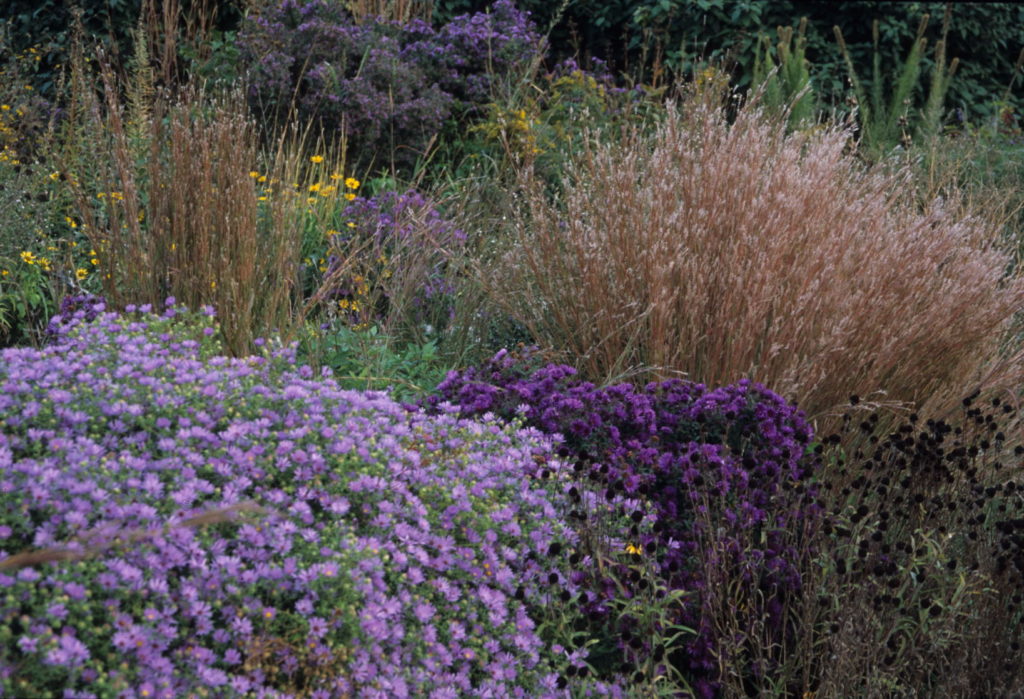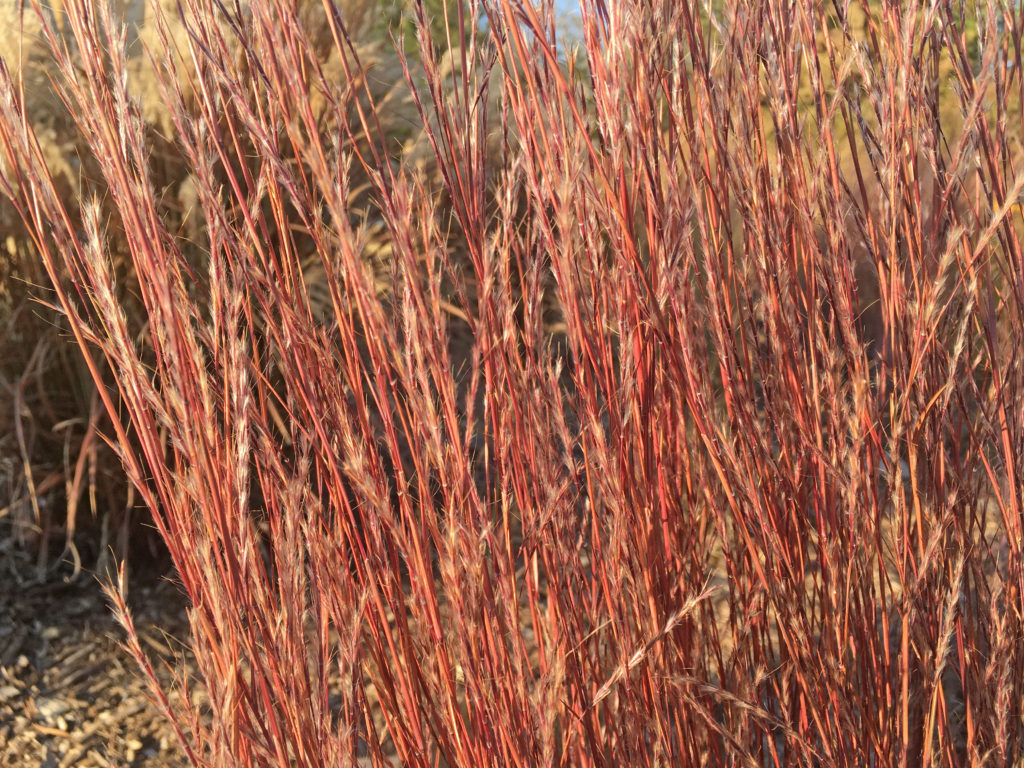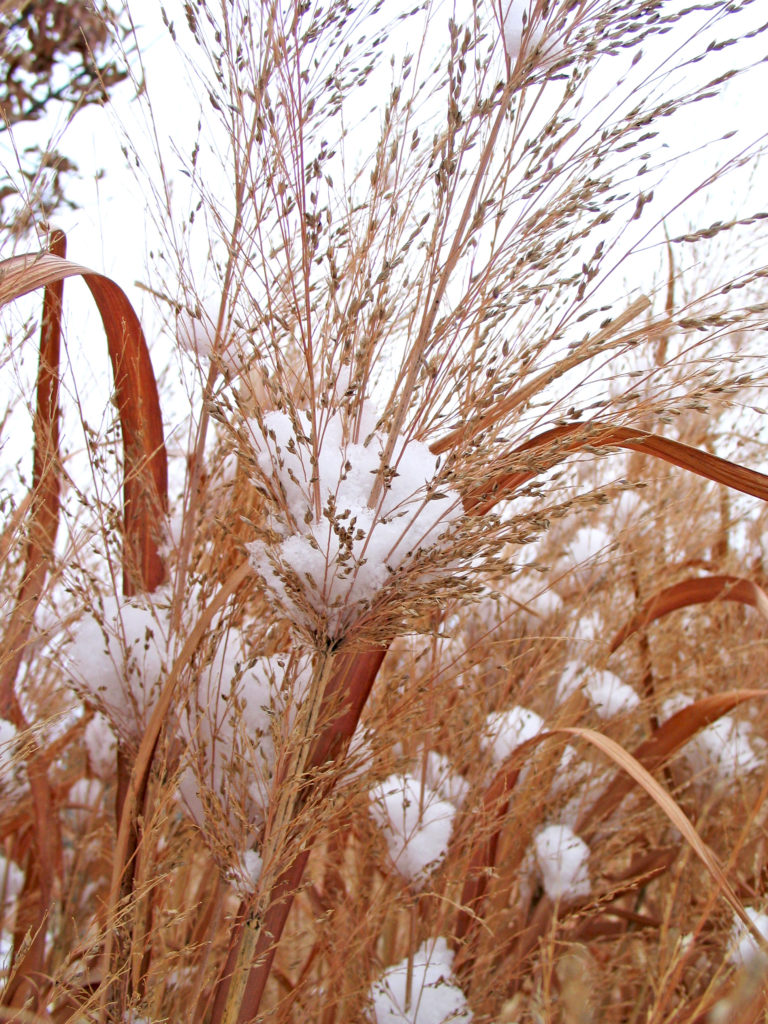As the growing season winds down, there is still plenty happening in the garden. I like to think of this time as fall’s crescendo, bringing the prairie’s annual symphony to a high point before falling into dormancy. The asters are beginning to show a few blooms while the goldenrods and sunflowers are adding a bit of sunshine to the landscape and roadsides.
Fall is a great time to glory in the many textures and forms of our native grasses too. Every phase of the garden is beautiful, but I have come to appreciate autumn the most.

Life is a cycle
Each fall, the garden reminds us that we have come full circle. From winter’s dormancy to lush spring growth through summer’s blazing hot days to fall’s crescendo of color and texture, the prairie has put on another spectacular display. Now as flowers fade, the grasses will show their true colors and everything slowly becomes lifeless and brown. These forms, textures and seedheads standout in the landscape, extending the interest in the garden into the winter once again.
Embrace brown
So much is happening in the garden right now. Plants are storing energy in their roots for next year. The browns and yellows of the foliage mean this process is complete. Actively growing plants are only alive at or below the soil line. This transformation can be stark, but I think it can be quite attractive.
Just because the plant has gone dormant, doesn’t mean you need to remove it. I challenge you to leave it up through the winter. A prairie garden in the fall and winter with all its forms, textures and muted colors has a unique beauty that should be savored. Let it be. Don’t be too quick to send it to the compost pile.

Shelter
Dormancy is important for the plants, but so many other things benefit from these plants this time of year. Insects of all types overwinter in garden litter and tufts of grasses. Inside plant stems and at the base of grasses, insects and butterflies at different life stages are safely harbored for the winter. This is why it is so important to leave these dormant plants through the winter. In the spring, we cut these plants down but leave the stems as mulch. These dormant insects will wake from their winter slumber to pollinate for you next year.
Food
Songbirds that overwinter will find flower heads such as coneflowers and sunflowers welcome food sources. As the winter deepens, food becomes much more scarce. These nutritious seeds are just what these birds need to get them through the coldest months. Again, you can cut them back in February or March as you prepare for spring. Remember to leave as much as you can on the ground as natural mulch. Don’t carry all those beneficial insects away from the garden.

Fall’s Crescendo into Dormancy
Fall is a reminder that natural processes are at work. Simply understanding how important this process of dormancy is to the prairie and to wildlife should guide how you manage it. Take note how the stark contrast of the native grasses in texture, form, and hues of color against spent wildflowers gives the prairie landscape a unique beauty all its own. Whether you are taking advantage of the cooler temperatures to work on an outdoor project or just enjoying the plants and wildlife, it’s a great time to be on the prairie. I love this time of the year.

